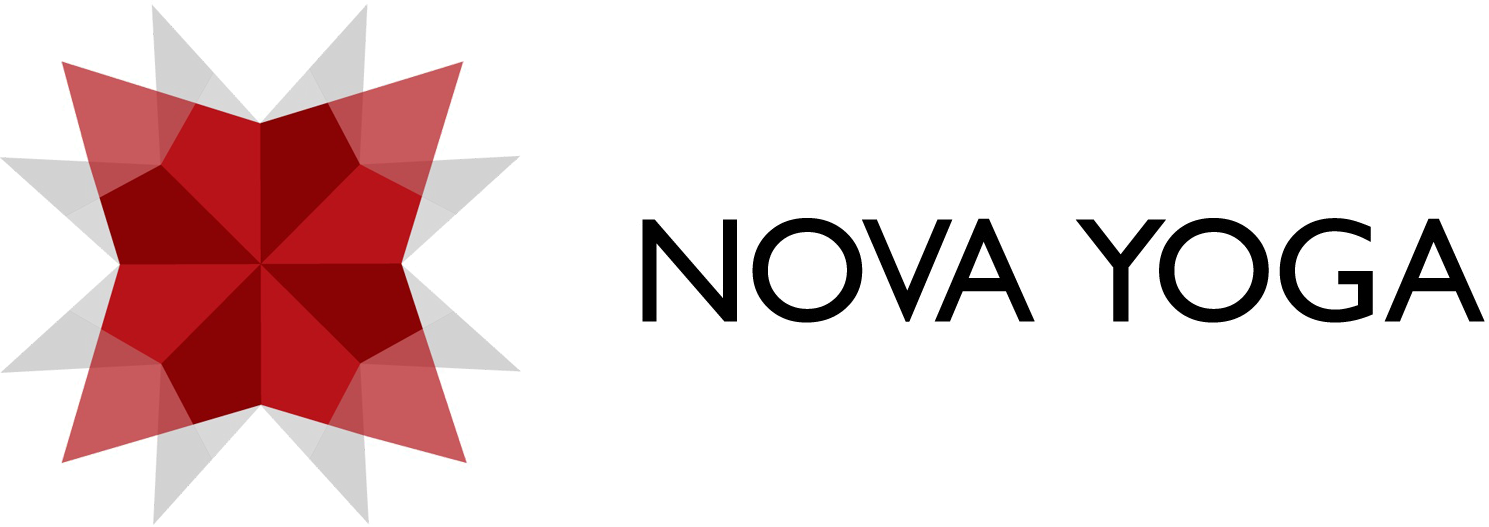By guest blogger: Susan White
Yoga is challenging, even when you’re not injured. 
When you’re injured though, it requires moving slowly, paying careful attention to your movements and respecting what your body is able to do on that day.
I was recently reminded of this during a classic flow class at Nova Yoga. As I carefully moved through postures and breathing to respect the limitations of pulled muscles, I realized that it has been through yoga that I’ve learned to understand and respect my body.
At first, I didn’t realize it was happening. A competitive and athletic person, yoga quickly became yet another way in which I pushed and challenged myself. I took workshops in arm balances and inversions and the pride and satisfaction I got from finally achieving a difficult pose was akin to scoring a goal in hockey or throwing a point in ultimate Frisbee.
In recent years, however, my sport life has gotten in the way of my yoga life as successive concussions and numerous injuries kept me from a regular practice. Now, as I work on reintegrating yoga into my life, I’m realizing that yoga has helped me pay more attention to what my body is trying to tell me.
Yoga has taught me how to identify tight and stressed areas of my body. It’s taught me to respect what it’s capable of that day, even if yesterday I could push harder. It’s taught me the importance of breath and the purpose of the tiniest muscle in the largest movement. In yoga, no part of the body – or the mind – is unimportant.
Recently, I took in two Classic Flow classes at Nova Yoga, one taught by Melanie Caines, studio owner, and Susan Day of The Office Yogi. I did so while working through pulled muscles in my lower back and right oblique.
Classic flow is a great medium-to-slow paced vinyasa class that can be enjoyed by both beginner and experienced yogis. Beginners will learn the basics of vinyasa and asanas (poses) and build the necessary strength to move on to more advanced poses and classes.
Experienced yogis will appreciate the opportunity to slow down, bring focus and intention to their movements and be reminded of important foundational concepts that sometimes get lost in the rush to conquer inversions.
Melanie’s classes usually begin with an intention (or a theme, of sorts) that is woven throughout the class. She uses quotes, mantras, asanas and breathing to support the intention, and the connection between our minds and bodies is a constant theme.
Susan intersperses her classes with tidbits from her recent learning, like that it’s better to rotate to the right first in a spinal twist because it follows the path of digestion. Her way of teaching asanas focuses on every muscle in your body with an explanation of its role and importance in achieving the final posture.
It’s through the exploration of mind-body connection and bringing awareness to its most seemingly insignificant parts that I’ve become more aware of my body – its aches and hurts, its stresses and needs. As a result, I’m better able to give my body what it needs. I’m more forgiving of its limitations and I better understand why they exist in the first place. I understand when it’s possible to push through discomfort and when I need to respect that it’s just not happening today – and more importantly, to be OK with that.
Through yoga, I’ve learned to respect my body and in doing so, myself.
Susan White is a communications professional and online health and wellness coach. You can find her on Facebook at www.facebook.com/swhitemacpherson, on Instagram at www.instagram.com/susan_b_white or check out her blog at https://joyfulnoise2016.wordpress.com/.


Recent Comments